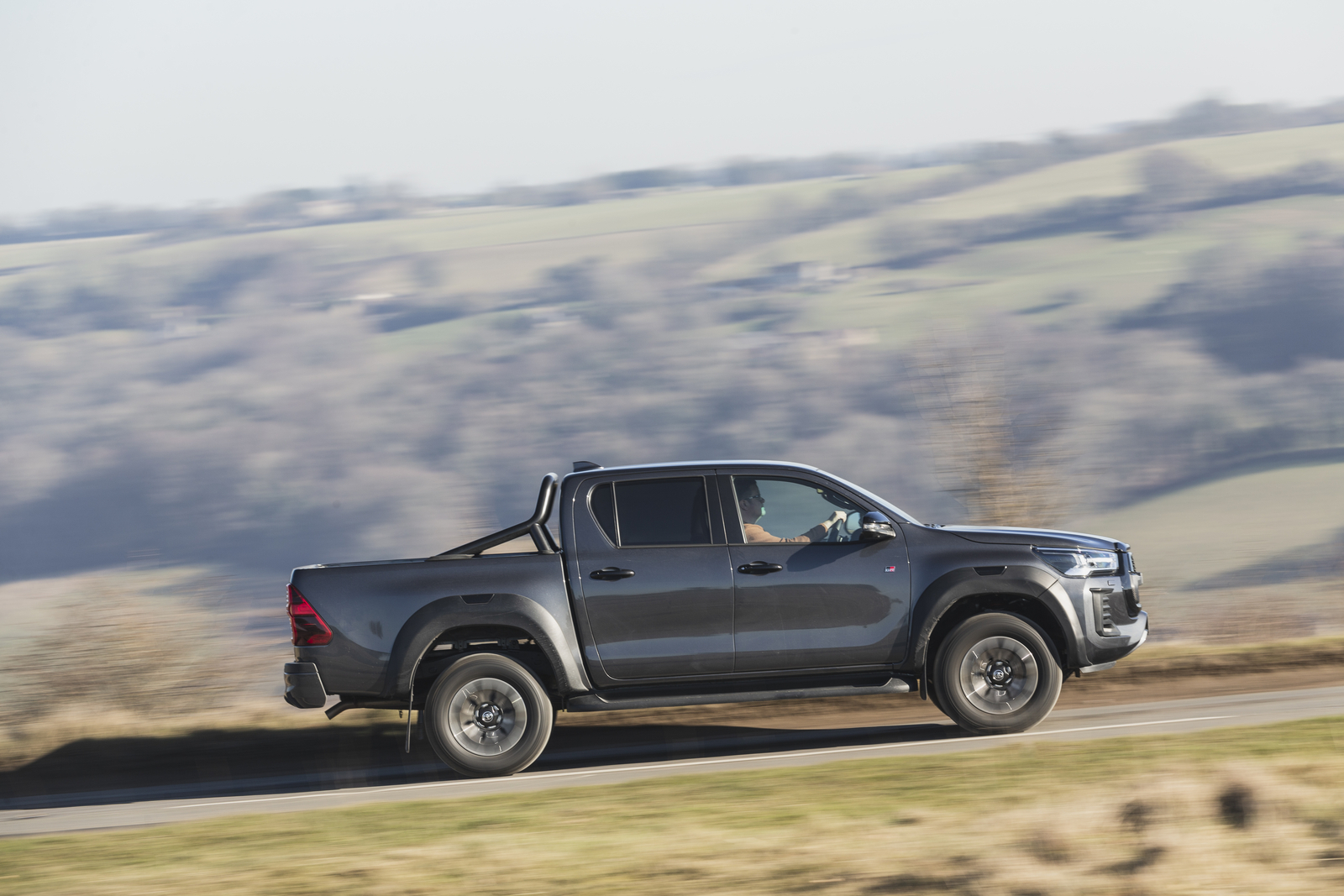- Joined
- Jun 24, 2008
- Messages
- 49,590
- Location
- London
- Car
- 2022 Hyundai IONIQ 5 RWD / 2016 Suzuki Vitara AWD
The TeslaFi is a third party app that has permission to access all the data from your Tesla via an API.
It has multiple screens that give you numerous data about your car including battery health, charge stats, software updates etc.
There are other apps that also do similar things...
ABRP and TRONITY, for example.
And, some apps use Bluetooth dongle to communicate directly with the car, saving the bandwidth usage on the car's 4g/5g modem.




